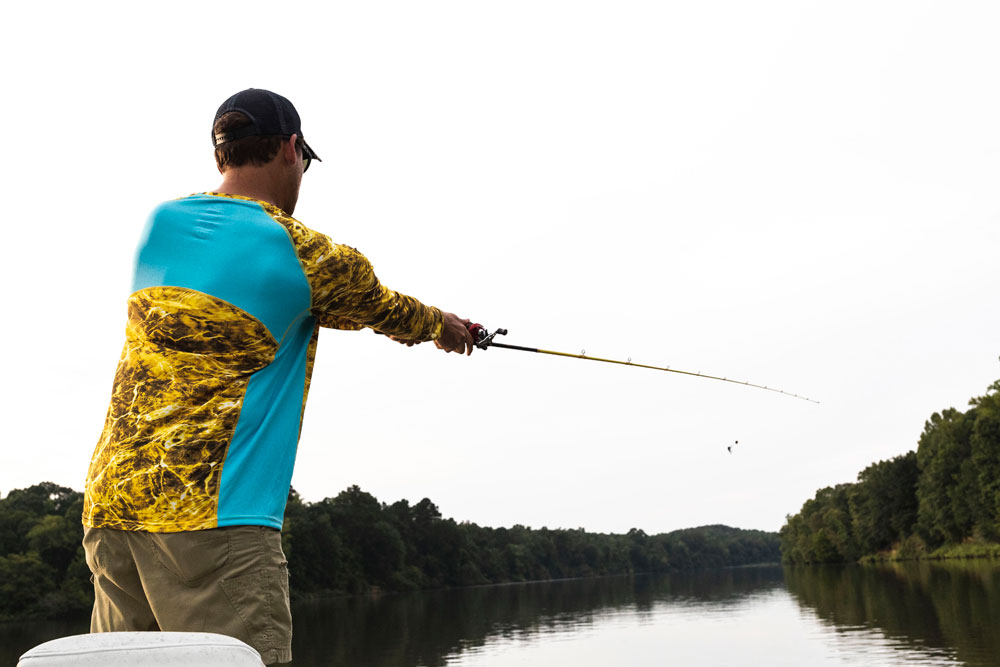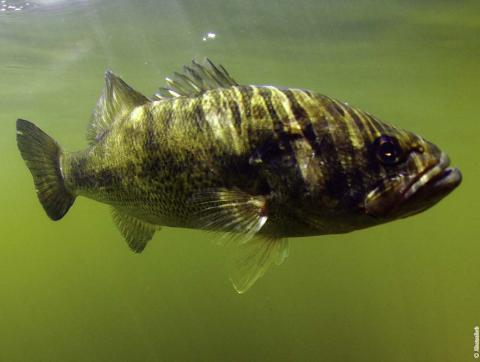with Greg Hackney

One of the problems with fishing tidal rivers is that the water fluctuates every day. There will be certain conditions where the bass like to feed on high tide, and on other days they’ll prefer to eat when the tide’s going out. You can fish an area with the wrong tide and not get a bite, and then come back to that same region after the tide’s come in and catch tons of bass. The tide changes everything based on seasonal patterns. Just because you don’t catch bass on an outgoing tide doesn’t mean you can’t return to that same area when you’ve got an incoming tide and find a bass bonanza.
The biggest bass I’ve ever caught in a tidal river weighed 8 pounds. Generally, tidal-water bass in coastal rivers don’t grow very large. But that 8 pounder proved that there can be good-sized bass in a tidal river, if you understand when the bass in that river bite. One of the advantages of fishing many tidal rivers is the brackish water areas where the saltwater mixes with the freshwater. You often can catch bass, as well as speckled trout, redfish and crappie in tidal rivers, but that’s dependent on the salinity of the water. If the water’s not very salty, then the bass can stay closer to salt water. But if you get a big influx of saltwater, the bass, speckled trout, redfish and flounder will pull further back up the river. So tidal rivers can be tricky, and the best way to know where to find the bass is to try to match the bass’ normal migration routes with the tide that the bass seem to bite best on in the area where you fish.






























